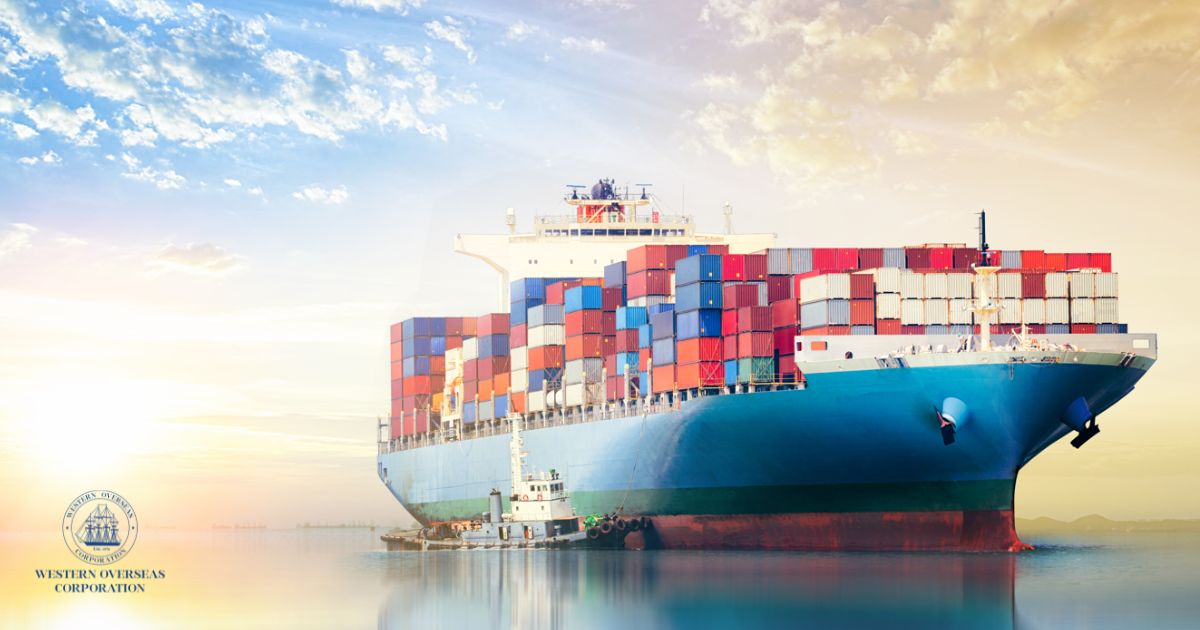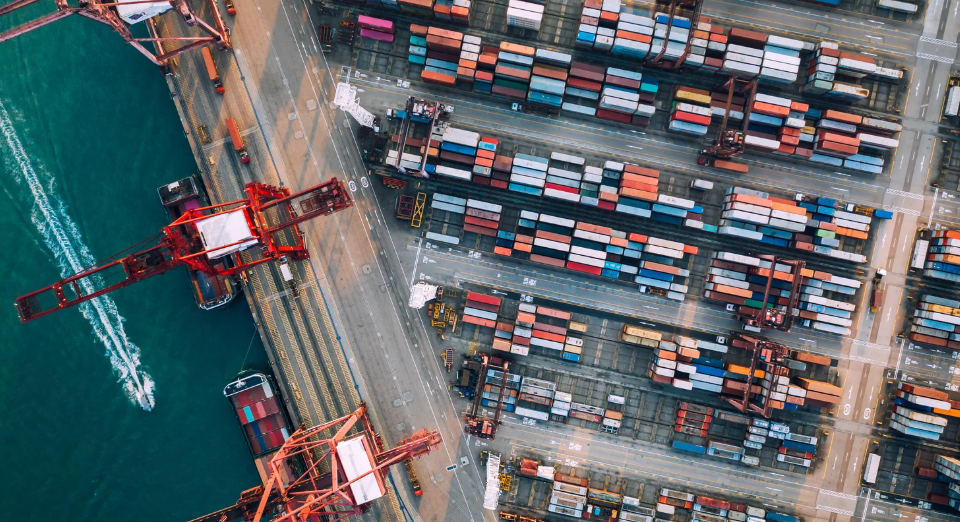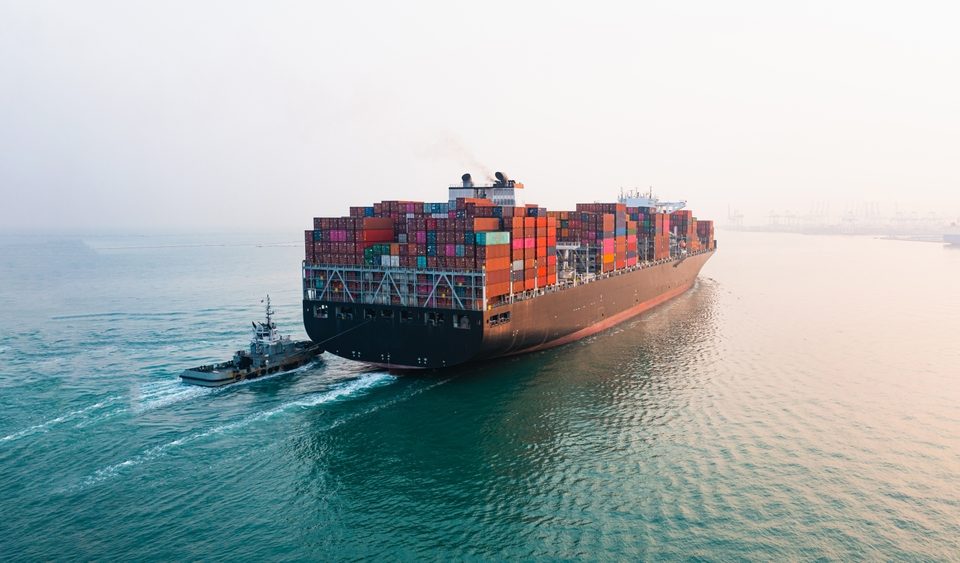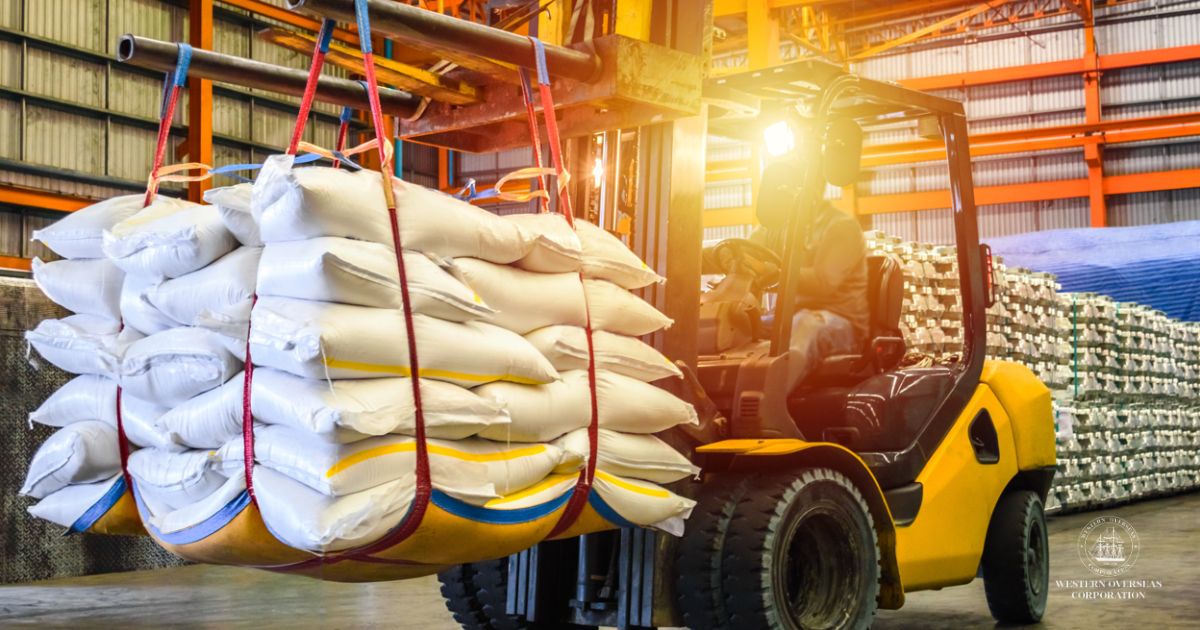Transpacific Imports & What to Expect in Coming Months
As we try to make sense of the recent ocean import numbers, Western Overseas would like to share some data with our industry associates. Despite a 23.3% increase year-over-year, the growth rate for container imports is somewhat inflated due to the timing of the Chinese Lunar New Year, which affected imports differently last year. Adjusting for this, annual U.S. import growth stands around 13%, indicating positive post-pandemic trade flows.
However, at the same time there are signs of potential softness for March and April. SONAR’s Inbound Ocean TEUS Volume Index (IOTI.USA) shows a significant drop influenced by the Lunar New Year. This decline suggests a weakening import ocean freight market as the first quarter closes.
Even if we remove the Lunar New Year effect from the equation, February saw a decrease in imports from China, particularly impacting West Coast ports like the Port of Long Beach. Conversely, East and Gulf Coast ports saw an increase in import volume share, reaching 44% of total U.S. imports. However, these ports still face longer delays compared to West Coast counterparts. As such, the import volumes to the East Coast and West Coast are showing differing signs.
As March unfolds, uncertainties in imports and global risks like the conflict in the Middle East, the Panama Canal drought, and port disruptions, will continue to shape freight movements. Stakeholders should prepare for continued volatility, with rebounds depending on resolving disruptions and stabilizing trade relations, but expectations these trends will continue.
Despite challenges, there are positive indicators, such as the growth in maritime imports compared to pre-pandemic levels and Mexico emerging as a reliable manufacturing alternative. However, the freight market’s strength depends on broader economic factors like consumer demand and manufacturing outputs, amid ongoing global risks threatening supply chains and shipping capacities.
Stay up to date with import news by following us on X, LinkedIn, or joining our email list.







